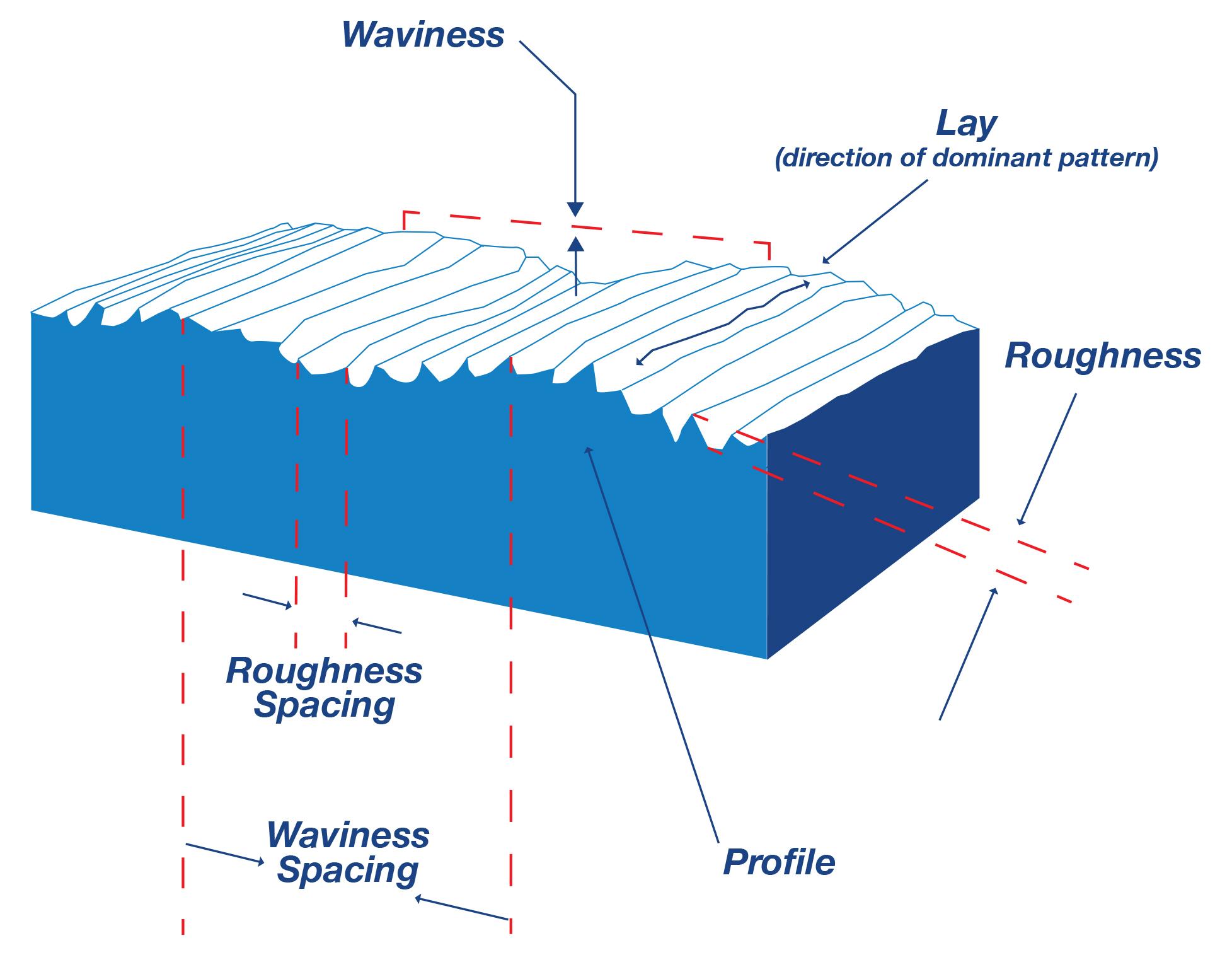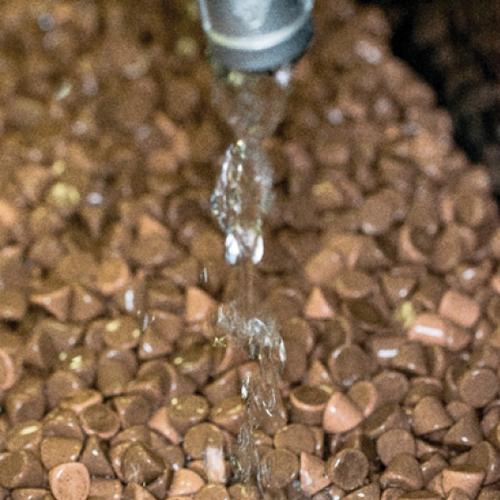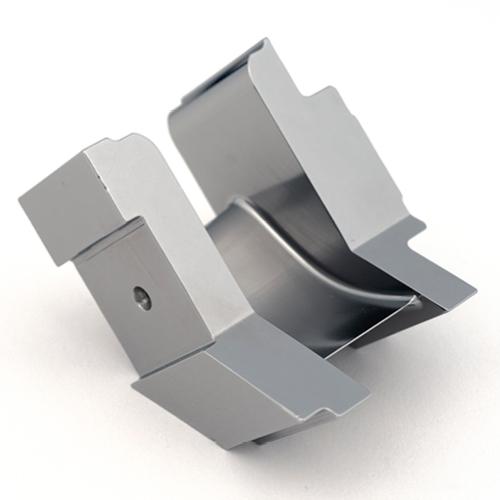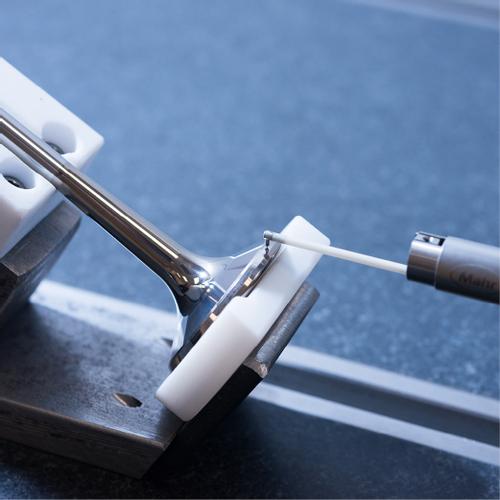REM® Isotropic Finishing cost-effectively mitigates surface roughness to reduce friction and improve wear
Finishing has become more important as companies look for solutions to improve the performance of components in applications where they will experience friction and wear. REM Isotropic Finishing mitigates a component's surface roughness to reduce forces and improve the sliding friction between two contacts.
Manufacturing processes such as machining, forming, and grinding are directional, and leave machining or grinding lines on the surface of the part, as shown in Figure 1. This limits how much they can reduce surface roughness. The directional lines produced by these processes may exhibit low friction when components contacting the surface are sliding in one direction, but exhibit greater friction if sliding perpendicular to the machine lines.
A machined or ground surface is never flat or completely smooth, regardless of how smooth it appears to be. Machined or ground surfaces will exhibit a certain amount of waviness and texture, or directional machining or grinding lines, sometimes referred to as the "lay" of the surface, as shown in Figure 1. While these lines cannot normally be seen with the unaided eye, they can affect the wear and friction properties of the surface. A rougher surface will exhibit higher sliding friction when the contacting surface is sliding against the peaks of the mating surface that has been machined or ground.

REM® Isotropic Finishing is a non-directional or unidirectional superfinishing process that produces a uniform surface roughness with no directional lines. It is easily scalable and less expensive than other finishing options such as buffing, honing and lapping. While progressive steps of polishing, lapping or honing will reduce the surface roughness, they are expensive and directional and still leave fine lines on the surface of a part, just like machining or grinding.
The REM process combines the use of a chemical additive with a non-directional mechanical finishing process that accelerates the finishing process and produces low surface roughness. The process allows for small lot processing, while larger lots can be processed in bulk with no damage to surfaces. The versatility of the process allows for energy levels to be adjusted and media to be matched to the geometry of the components being processed to achieve uniform finishing even on complex geometries. The uniform reduction in surface roughness produces a low friction sliding contact.
The addition of a DLC or PVD coating or Salt Bath Nitriding will further reduce sliding friction and improve wear.




